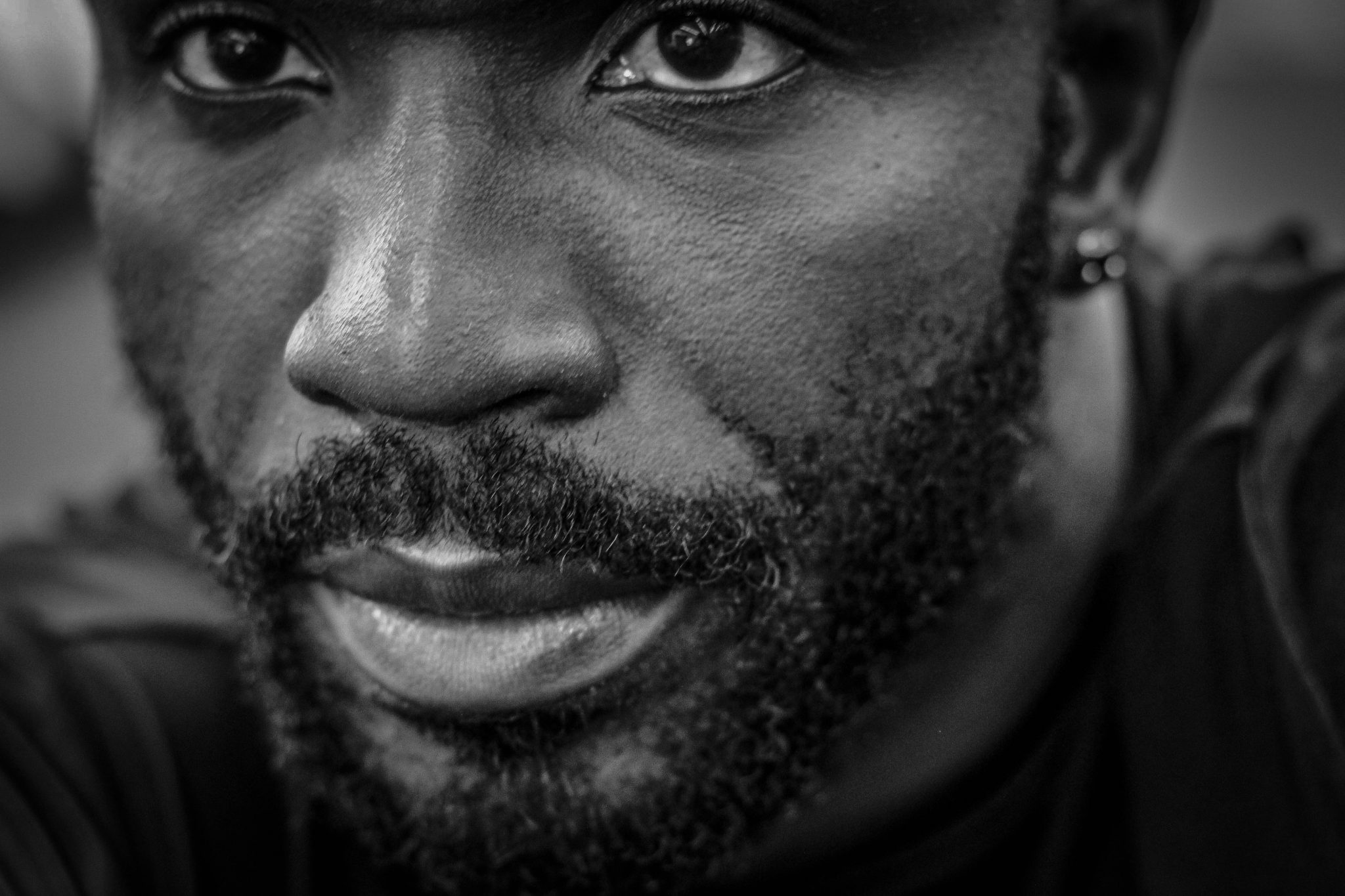Facial recognition (sometimes called simply “facial recognition”) is prepared to play an increasingly important role in our lives. The face of each person could be scanned at airports or concerts with or without their knowledge. It could be the target of personalized ads thanks to the cameras in the shopping centers.
Technology could help make smart devices for the home smarter by sending notifications based on who they see and offering more convenient access to friends and family.
But at least, facial recognition raises questions of privacy. Experts have concerns ranging from the extension of the application of the law, to systems with hidden racial biases, to hackers who get access to their secure information, according to the CNET technology site.
What is facial recognition?
Facial recognition is a form of biometric authentication that uses body measurements to verify your identity. It is a subset of biometrics that identifies people by measuring the unique shape and structure of their faces. Different systems use different techniques, but at their core, they use the same principles as other biometric authentication techniques, such as fingerprint scanners and speech recognition.
How does it work?
All facial recognition systems capture a two-dimensional or three-dimensional image of a subject’s face and then compare the key information with a database of known images. For smart home cameras, the data is likely to come from images of people you have identified as family or friends through the accompanying application.
Woodrow “Woody” Bledsoe first developed facial recognition software at a company called Panoramic Research in the 1960s using two-dimensional images, with research funds from an unnamed intelligence agency.
Even now, most facial recognition systems depend on 2D images, which mainly use reference points such as the nose, mouth and eyes to identify a face, measuring both the width and shape of the features, and the distance between the various parts of the face. These measurements are converted into a numerical code by means of facial recognition software, which is used to find matches. This code is called a fingerprint.
This geometric system can fight with different angles and lighting. A direct shot of a face will show a different distance from the nose to the eyes, for example, than a shot of a face turned to the side. The problem can be mitigated in some way by assigning the 2D image to a 3D model and undoing the rotation.
How to read the texture of the skin?
A more recent development, called skin texture analysis, could help future applications overcome all these challenges. Developed by Identix, a technology company focused on the development of secure identification means, skin texture analysis differentiates itself by operating on a much smaller scale. Instead of measuring the distance between the nose and the eyes, measure the distance between the pores. Then convert those numbers into a mathematical code. This code is called a fingerprint.
This method could theoretically be so precise that it can distinguish the difference between twins. Currently, Identix is working to integrate into facial recognition systems along with a more normal 3D facial map. The company claims that the technology increases accuracy by 25 percent.
Who uses it?
The Chinese government uses facial recognition for large-scale surveillance in CCTV public cameras, both to capture criminals and to monitor the behavior of all individuals with the intention of converting the data into a score. Seemingly harmless infractions, such as buying too many video games, can reduce your score. China uses that score for a kind of “social credit” system that determines whether the individual should be allowed to get a loan, buy a house or even much simpler things like boarding a plane or accessing the Internet.
The Metropolitan Police of London also uses it as a tool to limit their search for criminals, although their system is supposedly not very precise, with incorrect coincidences reported in 98% of cases. In the United States, the police departments of Oregon and Florida have joined Amazon to install facial recognition in government-owned cameras.
Facial recognition, experienced in important places
Facial recognition is being experienced at airports to help people pass through security more quickly. The Secret Service is testing facial recognition systems around the White House. Taylor Swift even used it to help identify the stalkers in one of her concerts. Facial recognition led to the arrest of the Capital Gazette shooter in 2018 by matching an image of the suspect with a repository of images of police photographs and driver’s licenses. The next 2020 Olympic Games in Tokyo will be the first to use facial recognition to help improve safety.
Facial recognition can also have great implications for retailers and sellers, beyond simply observing thieves. Consumer goods giant Procter & Gamble showed a concept store where cameras could recognize their faces and make personalized purchase recommendations.

